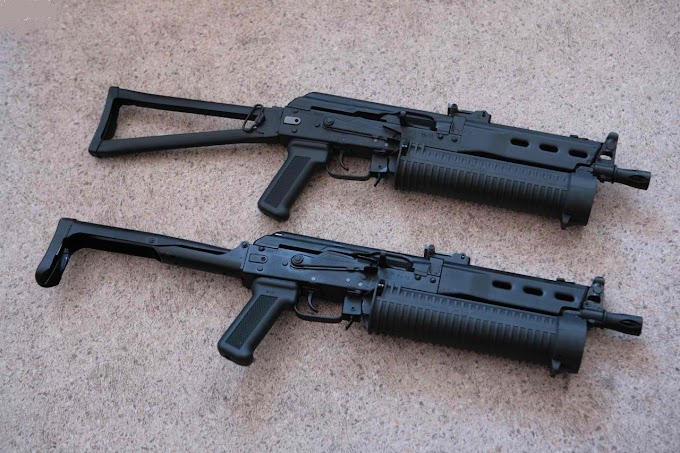The Ruger LCR is a compact .38 Special caliber revolver built by Ruger and announced in January 2009. The LCR acronym stands for 'Lightweight Compact Revolver'. It incorporates several novel features such as a polymer grip and trigger housing, monolithic receiver, and constant force trigger. At 13.5 oz (380 g), the LCR is nearly 50% lighter than the stainless steel SP-101 and with only the barrel and fluted cylinder made of stainless steel. The frame is aluminum alloy and synthetic glass-filled polymer finished in matte black with Synergistic Hard Coat. The LCR operates in double action only (DAO) as the hammer is concealed within the frame handle's fire control housing of the gun and cannot be cocked prior to firing. In order to create a crisp and light trigger pull that is non-stacking, it features a friction reducing cam, a feature seldom found on double action revolvers (which by nature of their mechanism normally have a very heavy trigger pull).
In June 2010, Ruger released two new models of the LCR. The LCR-357 is chambered for .357 Magnum rather than .38 Special. The LCR-BGXS has a Hogue smooth boot grip and a tritium dot sight.
 With the rising popularity of the LCR, Ruger has announced in December 2011 the new Ruger LCR 22 chambered in .22 LR with eight round capacity. Also new in 2011 are the special TALO exclusive limited edition models with laser engraved cylinder and gold trimmed cylinder.
With the rising popularity of the LCR, Ruger has announced in December 2011 the new Ruger LCR 22 chambered in .22 LR with eight round capacity. Also new in 2011 are the special TALO exclusive limited edition models with laser engraved cylinder and gold trimmed cylinder.Ruger also produces the LCRx in .38 Special +P. Built on the LCR 7000 series aluminum frame, the LCRx includes the friction-reducing cam for the smooth trigger pull, but the LCRx has an exposed hammer that can be cocked allowing the revolver to be fired in single or double action. All the other features of the LCR .38 Special are also present in the LCRx including the polymer grip, trigger housing, and fluted stainless steel cylinder.





0 Comments